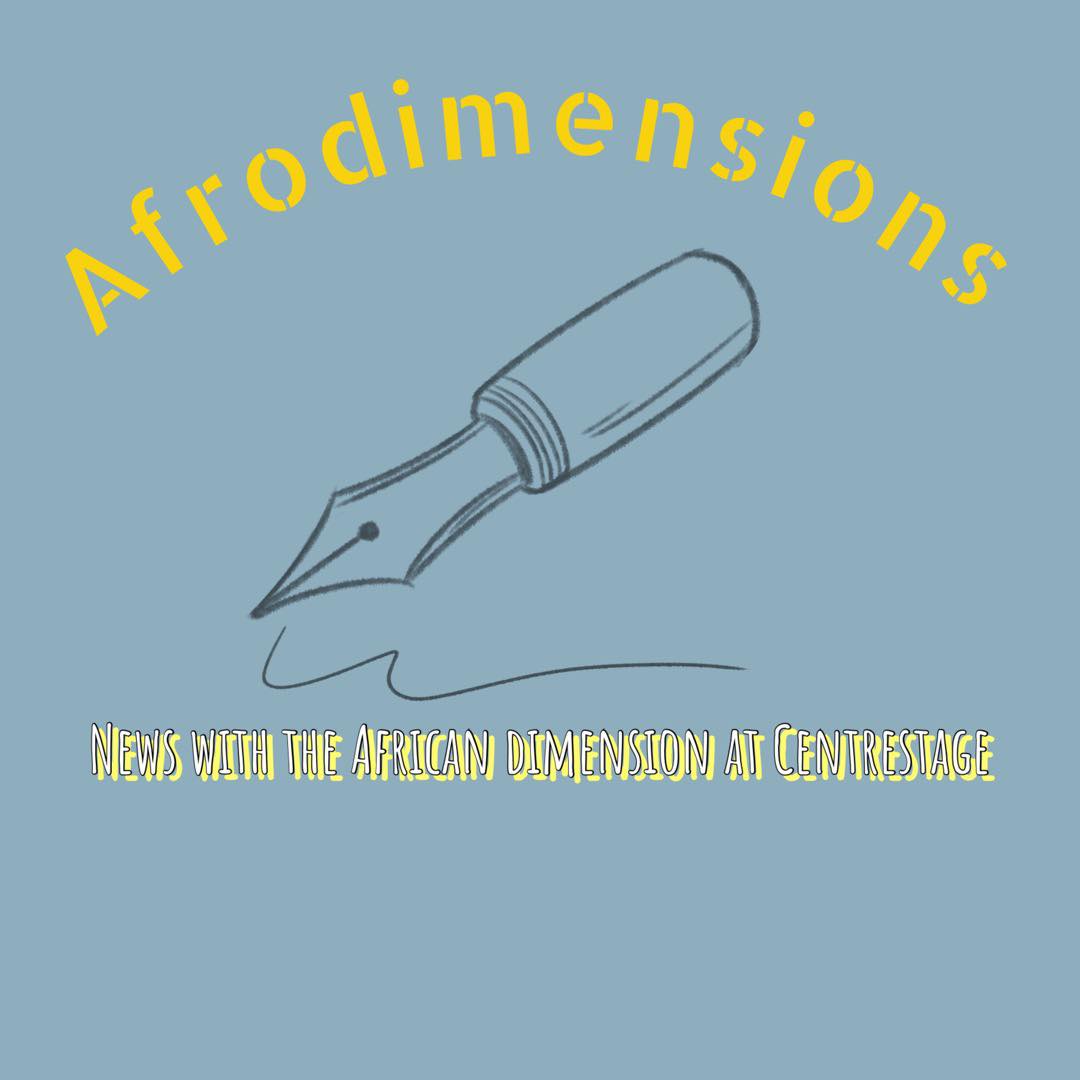By Nkosana Msipa
In Zimbabwe’s media history, few subjects have been as mishandled, misunderstood, and misrepresented as the lives of the key population.
For years, coverage of gender and sexual minorities was shaped by silence or sensationalism. Stories were framed around criminality, moral panic, or social deviance. Rarely did journalists engage directly with the community. Even more rarely did they ask themselves whether their reporting was doing harm.
The result was a media landscape that reinforced stigma, alienated readers, and denied the key population their humanity.
Reporting was often reactive—driven by controversy or legal battles—and lacked the depth, empathy, and context that responsible journalism demands. The community became a headline, not a voice.
But something is changing. And it’s not just procedural—it’s philosophical.
The recent media engagements spearheaded by freelance journalists have sparked a quiet revolution in how we think about representation.
These workshops didn’t just train journalists—they challenged them. They asked us to confront our biases, to listen without defensiveness, and to rethink the very purpose of our profession.
Out of these engagements came the Reporting Guide for Media Practitioners in Zimbabwe, a document that is already reshaping newsroom culture.
It’s not a checklist—it’s a compass. It urges journalists to move beyond tokenism and toward authenticity. It teaches us that representation isn’t just about visibility—it’s about dignity.
Journalist Kuda Mangena, reflecting on the guide’s impact, put it succinctly: “It helps us frame our stories with respect and empathy. By adhering to its principles, we can portray LGBTQI individuals as whole people rather than stereotypes.”
That statement is more than a reflection—it’s a call to action.
Because here’s the truth: journalism is not neutral. Every story we tell, every word we choose, every image we publish—these are acts of framing.
They shape public perception. They influence policy. They either affirm humanity or diminish it. And when it comes to the key population, our industry has too often chosen the latter.
The Reporting Guide is a step in the right direction. But it’s not enough.
We need more engagements—especially in rural areas, where misinformation and cultural stigma are deeply entrenched.
We need editors to champion inclusive coverage, not just allow it. We need journalism schools to embed these principles into their curricula. And we need media houses to invest in long-term partnerships with community organizations—not just for content, but for accountability.
We also need to rethink our metrics of success. It’s not enough to say we covered a story. We must ask: Did we do it ethically? Did we center the right voices? Did we challenge stereotypes or reinforce them? Did our reporting build trust—or break it?
This is journalism’s moral reckoning. And it begins with listening.
The key population particularly the LGBTI community has always had stories worth telling. What they’ve lacked is a media willing to tell them with care. The Reporting Guide gives us the tools. The community gives us the trust. Now, we must give them our commitment.
Because in the end, inclusive journalism isn’t just good practice—it’s justice in print.

